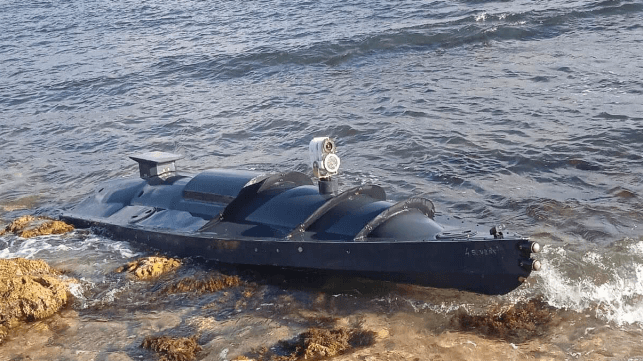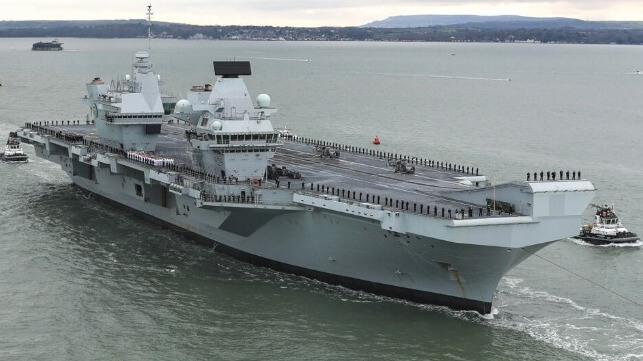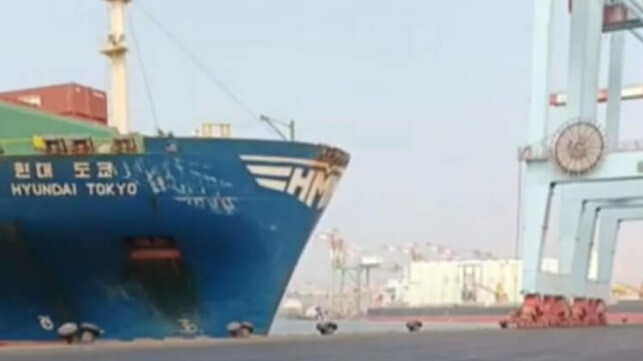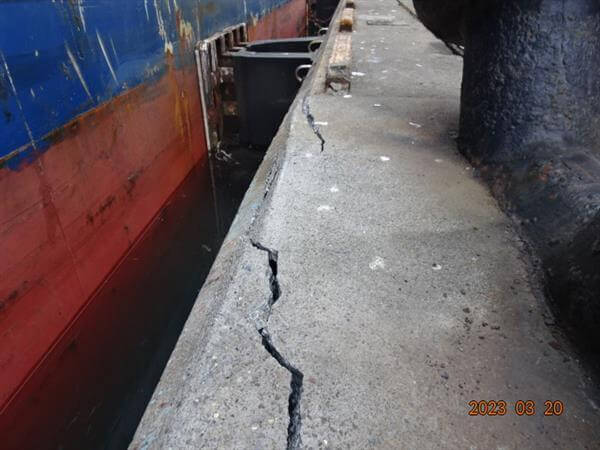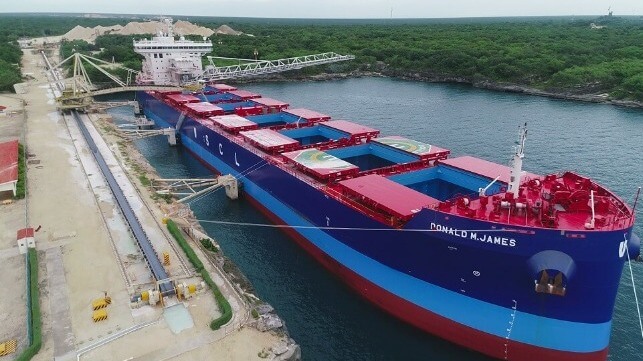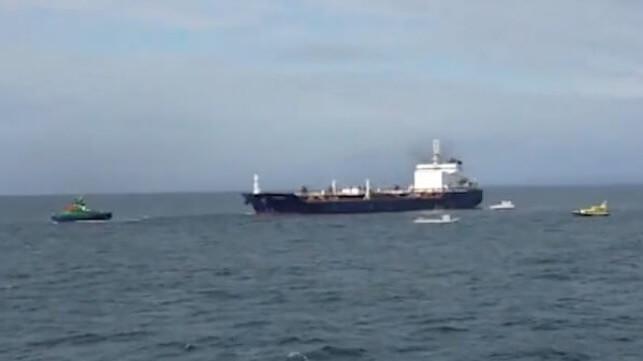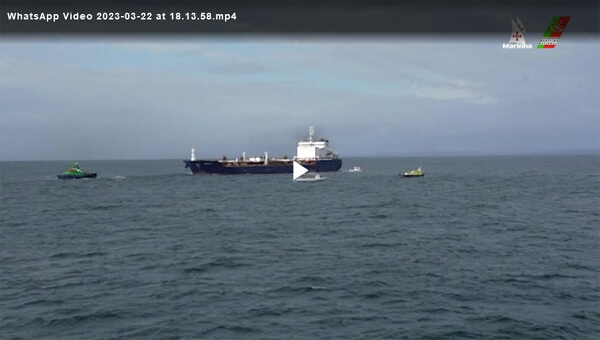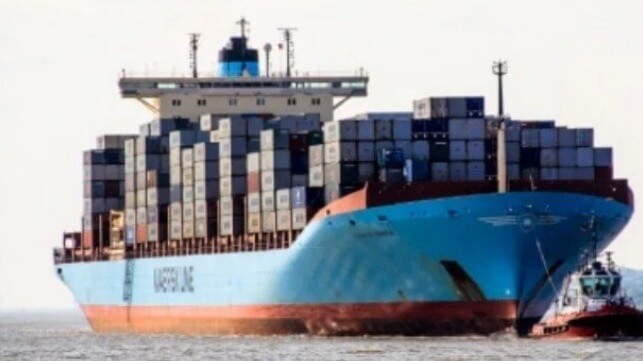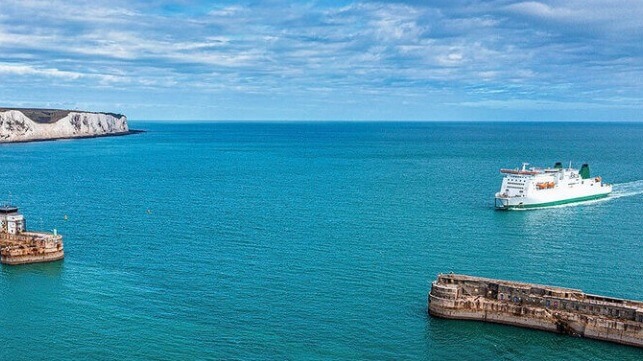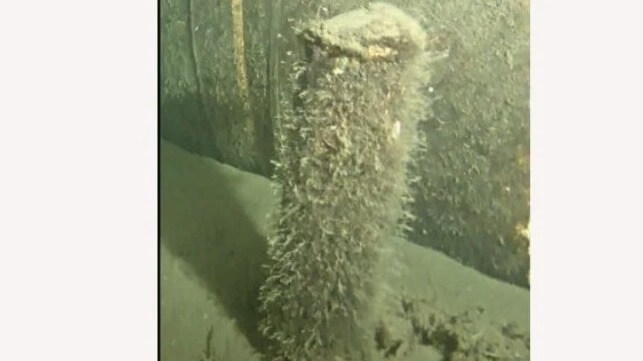To Prepare to Fight, China is Studying America's WWII Pacific Campaign
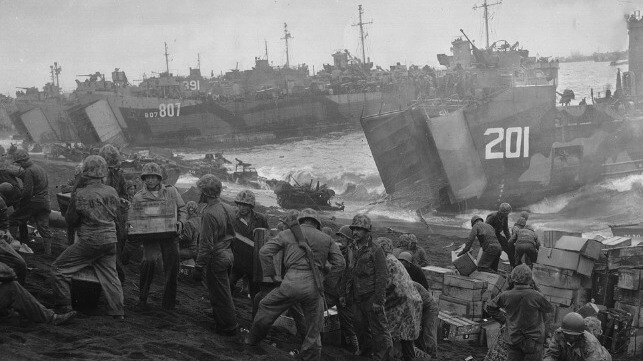
[By Toshi Yoshihara]
The following article is adapted from a new report by Dr. Toshi Yoshihara at the Center for Strategic and Budgetary Assessments (CSBA), Chinese Lessons from the Pacific War: Implications for PLA Warfighting. It appears here courtesy of CIMSEC and may be found in its original form here.
Like all militaries, the People’s Liberation Army (PLA) studies other nations’ wars to understand the changing character of warfare. The PLA has dissected the Falklands War, the First Gulf War, the air campaign over Kosovo, the wars in Afghanistan and Iraq, and much else. It is no doubt scrutinizing the conflict in Ukraine. The PLA has drawn many lessons from these operations to improve its ability to fight and win future conflicts. Chinese writings about those lessons have, in turn, helped Western observers take better measure of the PLA’s priorities and preferences.
The PLA has even reached back more than eight decades to the Pacific War. Chinese military strategists have examined the origins, conduct, and termination of the ocean-spanning struggle between Imperial Japan and the United States. They have pored over the great battles at sea, rendering numerous judgments about what those engagements mean for the future of PLA warfighting. Chinese lessons from the Pacific War thus offer policymakers valuable insights about the PLA’s thinking and strategy.
The Pacific War’s Appeal to the PLA
In the past, the lopsided conflicts of the unipolar era in which American military might steamrolled third-rate opponents resonated with the PLA. Then, Chinese planners assumed that China would have to fight from a severely disadvantaged position against the United States. However, as the PLA continues its remarkable ascent, it expects to compete and fight with the U.S. armed forces on an equal footing. As such, the lessons from the Pacific War, which featured intense high-end combat between two peer militaries across an oceanic expanse, are increasingly salient to the PLA.
Moreover, the Pacific War stands out for its resemblance to a putative Sino-American conflict. Imperial Japan and the United States fought over an area where the PLA would likely collide with the U.S. military. Just as Japan sought to hold off its opponent in distant waters, the PLA would be attempting to keep its adversary at arm’s length from the mainland. In addition to its large fleet, Japan employed shore-based airpower to conduct maritime strikes. Now, China possesses an arsenal of land-based missiles and aircraft to hold surface combatants at risk, as well as modern fighting ships with increasing reach.
For U.S. policymakers, Chinese histories of the Pacific War—and the lessons they impart— reveal much about the PLA’s views of strategy and war. These retrospectives offer tantalizing hints of the PLA’s mindset, beliefs, assumptions, and proclivities. By assessing mainland writings about the war at sea and its implications, the policy community can catch glimpses of the Chinese military’s thinking about how it might fight a future great power war.
Drawing from extensive Chinese sources on the great battles at Midway, Guadalcanal, and Okinawa, this analysis reviews three recurring themes that emerge from the literature. Although Chinese analysts offer diverse findings from these campaigns, the following focuses on shore-based airpower, expeditionary logistics, and industrial strength and their corresponding parallels to Chinese strategy, Beijing’s ambitions, and the challenges ahead for the United States.
Lesson One: Shore-Based Airpower
Chinese analysts have paid special attention to the role of shore-based airpower at Midway, Guadalcanal, and Okinawa. They note that less capable and older aircraft on Midway performed critical duties that contributed to the American success. Long-range reconnaissance by flying boats and bombers provided an early warning screen and detected the incoming enemy fleet, buying precious time for the defenders to respond. Although the aircraft launched from Midway were tactically ineffective against the Japanese carriers, they knocked the attacking fleet sufficiently off balance to pry open the chance to deliver a decisive blow by carrier aviation.
Chinese commentators concur that the American seizure and successful defense of Henderson airfield were crucial to victory at Guadalcanal. The contest for control of the airfield became the focal point of the island campaign and the object over which the Japanese army suffered mounting and eventually unsustainable losses. American aircraft launched from the airfield provided close-air support to ground operations, blunted Japanese air offensives, interdicted enemy resupply, and kept Japan’s flattops at bay. By contrast, owing to the distance separating the airbase at Rabaul from the scene of action, Japanese aircraft were unable to stay aloft long enough to influence the course of the conflict.
Chinese analysts have documented the interactive impact of shore-based airpower during the struggle over Okinawa. Once the American fleet fell within range of Japanese aircraft, including the kamikazes, on Kyushu, the Ryukyus, and Taiwan, it came under unrelenting and deadly air assaults. Moreover, U.S. forces were unable to knock out the many airfields on Kyushu, exposing the fleet to a persistent air threat. Naval historian Zhao Zhenyu observes that Japan’s resilient land-based airpower fixed U.S. carriers in their places to defend the airspace around Okinawa.1 Conversely, the American capture of two airfields on Okinawa enabled U.S. airpower to provide close air support, fight off enemy air raids, and conduct deep sweeps against airbases on Kyushu, forcing the Japanese to relocate their aircraft beyond the range of American fighters.
The logic of shore-based airpower during the Pacific War is discernible today. In a major conventional war against the United States, the PLA would employ shore-based firepower—in the form of aircraft and precision-strike missiles launched from the mainland—to degrade or cripple American airpower at sea and ashore. It would hold at risk American carriers and their air wings operating within the range of its land-based firepower, just as Imperial Japanese air forces did to the U.S. Navy at Okinawa. Chinese missile attacks against Kadena Air Base in Okinawa, the hub of American airpower in Asia, could shut down the airfield for weeks or longer. Such an outcome would be analogous to Japan’s loss of shore-based airpower on Guadalcanal and its cascading consequences for Japanese air, naval, and land operations.
Imagine a scenario in which China knocks out U.S. regional airbases while it keeps American carriers at arm’s length. Should it become too risky for land- and carrier-based airpower to launch sorties from offshore areas of the Chinese mainland, the United States would have to count on aircraft from more distant bases, including those in Guam and Hawaii. China’s deployment of the DF-26 intermediate-range ballistic missile suggests that even Guam may no longer enjoy its sanctuary status. If American airpower were pushed farther away from Chinese shores, the U.S. military’s predicament would echo the dilemma that plagued Japanese airpower on Rabaul during the Guadalcanal campaign.
Lesson Two: Logistics
Chinese writings express profound admiration for superior American logistics during the Pacific War. At Guadalcanal, U.S. forward basing, convoying, and sea lane defense allowed for the constant flow of materiel and troops to the island. The Japanese, by contrast, were ill-equipped to resupply their forces on Guadalcanal while American interdiction worsened Japan’s logistical predicament. Dwindling supplies and reinforcements sapped the Japanese army, leaving soldiers without food and ammunition in the campaign’s closing months. Chinese analysts also criticize the Imperial Japanese Navy (IJN) for failing to attack vulnerable American resupply efforts and exposed supply dumps on the island during the battle’s early stages. In reference to the U.S. logistics vessels that escaped destruction at Guadalcanal, naval analyst Liu Yi argues:
“Those unremarkable transports determined the war’s trajectory after the attritional campaign over Guadalcanal. The war was not to be dictated exclusively by the gains and losses of warships or islands. Rather, the war was about the ability to continue developing a nation’s industrial potential and to convert that potential into the energy that could sustain frontline combat power in a long-term struggle.”2
Chinese commentators extol America’s overwhelming logistical power during the conquest of Okinawa. They are uniformly impressed by the forward basing at the Kerama Islands, the entire logistical infrastructure across the Pacific, including the great anchorage at Ulithi, the at-sea replenishment fleet, the massive amphibious assault force, and the follow-on resupply efforts to keep the ground offensives going. The administrative and logistical systems needed to sustain the supply chain that stretched from the West Coast through various intermediary bases all the way to Okinawa are awe-inspiring to them.
Today, the PLA appreciates that logistical prowess—of the kind the United States demonstrated in the Pacific War—is essential to its global ambitions. The PLA will need to establish forward bases, field transport and logistical ships, and set up various support facilities at home and abroad. It must not only deploy forces that can credibly engage in sea lane defense and interdict enemy supply lines, but it must also demonstrate those skills through peacetime exercises and training. Chinese strategists concur that the infrastructure necessary to support distant missions must align with the sinews of China’s national power to avoid Imperial Japan’s fate at Guadalcanal.
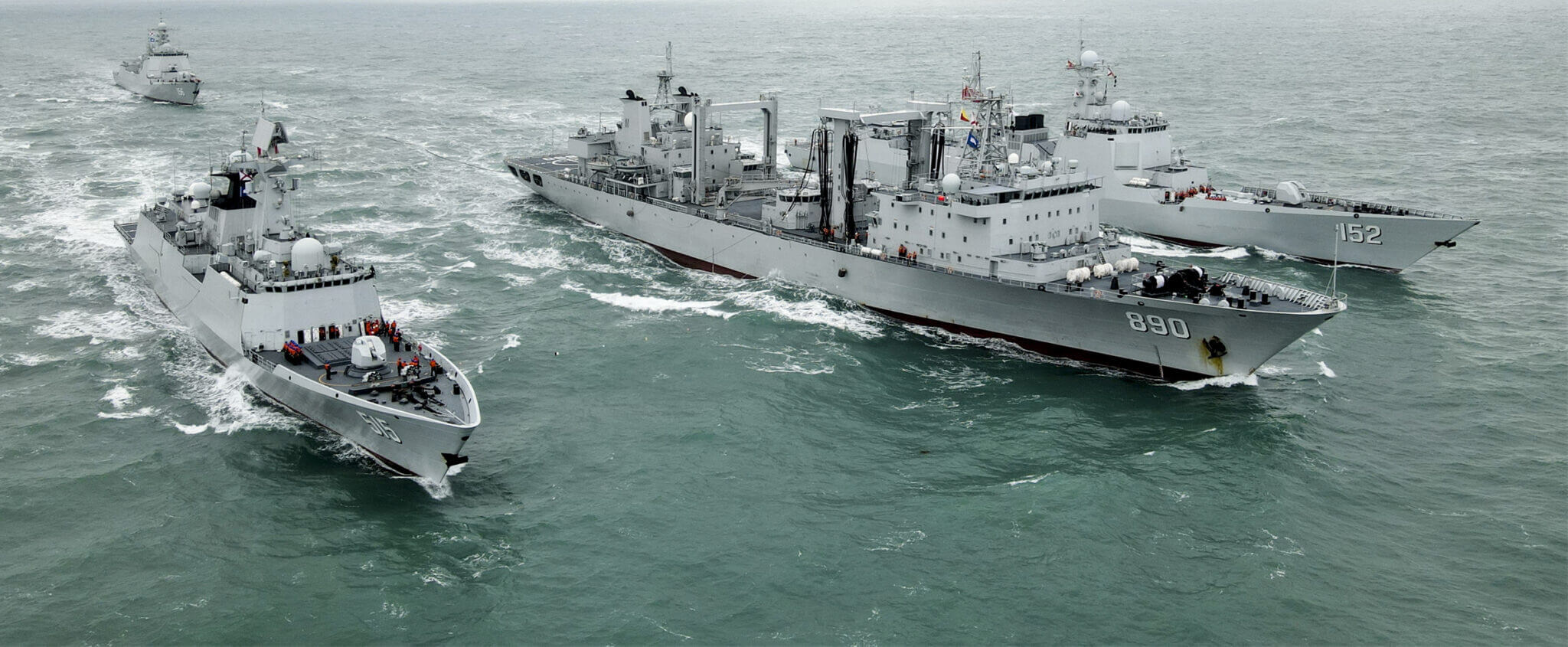
Naval ships assigned to flotillas with the navy under the PLA Eastern Theater Command steam in formation to conduct alongside and astern replenishment-at-sea during a comprehensive replenishment training exercise on February 10, 2023. (eng.chinamil.com.cn/Photo by Zhang Weile)
The PLA understands that logistical weaknesses, like Imperial Japan’s, can be fatal. It recognizes that modern wars consume huge quantities of materiel, placing enormous strains on logistical systems. Disruptions to resupply could lead to the loss of battlefield initiative or worse. The PLA’s doctrine thus calls for attacks against the enemy’s lines of communications to undermine its warfighting capabilities. The theory is that an effective strike against the opponent’s supply chain would cut off the essentials needed to keep its frontline combat units fighting, much as American airpower did to Japanese defenders on Guadalcanal.
Lesson Three: Industrial Power
Chinese analysts acknowledge the importance of economic power and industrial strength in carrying out a protracted war at sea. To them, the mismatch between Imperial Japan’s economy and its ambitions led to severe overextension at Guadalcanal. The destruction of transports and ground forces there accelerated the consumption of scarce resources and compounded Japan’s overreach. The cumulative effects of attrition spilled over into Japanese campaign plans on the Asian continent, compelling Tokyo to call off offensives against Nationalist positions in southcentral China. Losses that Japan could ill afford thus sharpened its dilemma of fighting a two-front war on the mainland and in the Pacific.
Chinese observers have analyzed the interplay between industrial capacity and attrition of forces on the battlefield. They find that Japan’s lack of industrial depth and personnel to recover from combat losses was a critical factor in the conduct and the outcome of the war. Imperial Japan’s inability to rapidly reconstitute its forces had a particularly baneful impact on Japanese warfighting. The loss of irreplaceable pilots at Midway and Guadalcanal was a major contributing factor to Japan’s declining fortunes. To mainland analysts, Japan’s struggle with material and manpower shortfalls illustrates the importance of harnessing all elements of national strength in fighting protracted great power wars.
Today, there are concerns about the U.S. Navy’s capacity to sustain and make up for its losses in a prolonged war. Armed with a large arsenal of missiles, the PLA would seek to land decisive blows against the approaching U.S. surface fleet, just as the IJN and the U.S. Navy inflicted heavy losses on each other in single encounters. The PLA’s ability to drive up attrition means that mass will be at a premium for the United States. Yet, decades of decline, neglect, and mismanagement have led to an atrophied defense-industrial base and an undersized, aging fleet. This resource quandary raises unsettling questions about whether the United States, in a naval war against China, might encounter material constraints like that of Imperial Japan.
Aiming High
History lessons and historical analogies are not predictions. They hint at the shape of things to come. If the PLA’s interpretations of the Pacific War are any indication of its ambitions, then U.S. policymakers should take notice. Tellingly, Chinese strategists see the United States in the Pacific War as their surrogate for China in a future war. They depict the Imperial Japanese Navy’s failings as a cautionary tale while they show the U.S. Navy’s successes as a model for emulation. Their fascination, if not obsession, with America’s logistical prowess is just one sign of China’s aspirations. The literature conforms to Beijing’s expectation that the PLA must strive to become an equal to the U.S. military. Policymakers should thus treat Chinese lessons from the Pacific War as early warning signals of the PLA’s aims and plans.
Toshi Yoshihara is a senior fellow at the Center for Strategic and Budgetary Assessments (CSBA). His latest book is Mao’s Army Goes to Sea: Island Campaigns and the Founding of China’s Navy (Georgetown University Press, 2022).
References
1. Zhao Zhenyu, History of Sea Battles in the Pacific (Beijing: Haichao Press, 1997), pp. 643-644.
2. Liu Yi, The Combined Fleet (Wuhan: Wuhan University Press, 2010), p. 206.
The opinions expressed herein are the author's and not necessarily those of The Maritime Executive.
